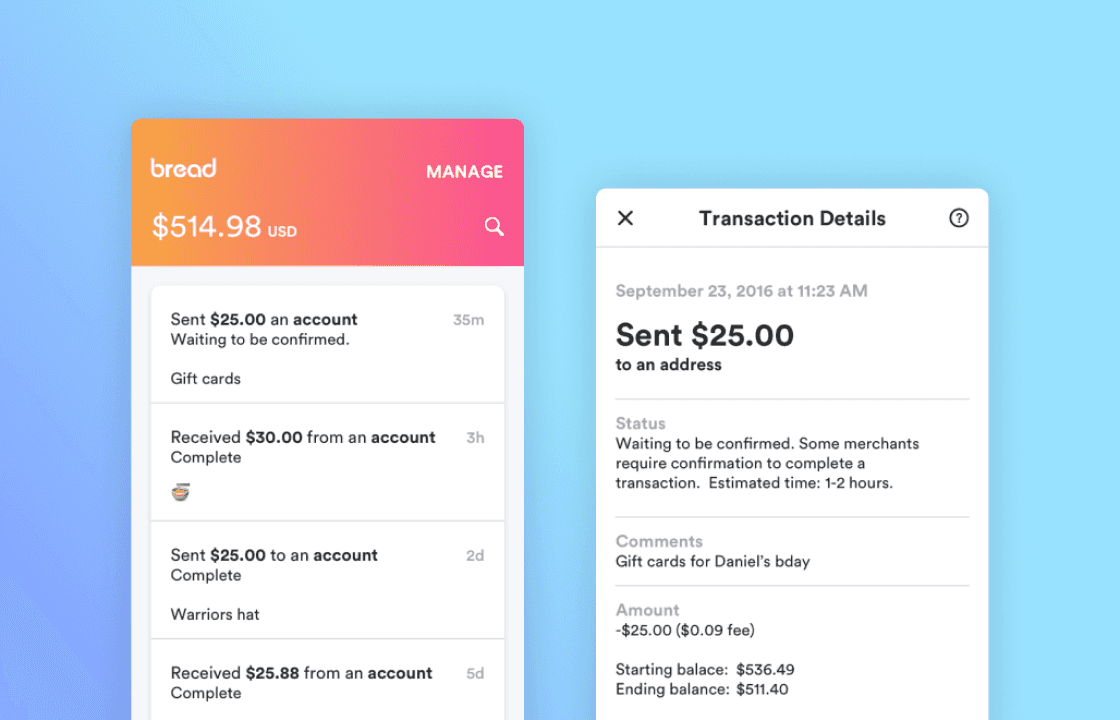Lightstep
(acquired by ServiceNow)
Workflow Links
Workflow Links connect Lightstep traces to any tool so developers don’t waste time looking for URLs and transcribing context during an outage.
Team






Skills
Product design
User research
UX
UI
Timeline
8 weeks
Date
2019
Challenge
Choosing the right tools
We conducted internal and customer surveys to identify the most common and critical tools used in outages.
Code

Monitoring/
logging




Platform




CI/CD


Span-based
$hasError
$operation
$parentSpanGUID
Time-based
$durationMicros
$endTimeISO
$startTimeISO-5min
$startTimeISO+5mi
Misc.
$platform
$platformVersion
$project
Surfacing the value in variables
Variable are span tags defined by developers in their service’s code or provided by Lightstep. They hold tool-specific context that can be used when generating links.
Solving for real-world use cases
By combining tool URLs with variables we began to see the potential use-cases of dynamic links.
View the wiki playbook page for this error
http://wiki.com/playbook/auth_error#{{http.status_code}}
View the code for this operation
www.github.com/acme/acme_code/search?q={{$operation}}
View GCP Stackdriver logs for this span
https://console.cloud.google.com/logs/viewer?project= MY_PROJECT_NAME&advancedFilter=MY_SEARCH_TERMS ×tamp={{$startTimeISO}}&interval=JUMP_TO_TIME& scrollTimestamp={{$startTimeISO}}
Post this trace to a Slack channel
https://slack.com/app_redirect?channel=on_call
Creating links
Simple interactions, feedback, and test URLs helped users confidently create links.
Templates: Template URLs made link creation more efficient. We added a cookbook in our docs for further inspiration.
Template variables: Developers can use variables in link URLs, Rules, and Names which are replaced at run-time.
Templates: Developers can control when a link appears on the Trace page with JSON and variables.
Templates: Custom display text makes it easy to organization and differentiate links in a list. We show a preview to make it clear.
Surfacing links
We showed links on the Trace page panel for easy access when developers need to switch tools.
Managing Links
We provided a centralized view of all links and bulk actions for managing the entire link life-cycle.
















